Scoring high in NEET Physics depends heavily on your ability to solve numerical questions with both speed and accuracy. Out of the 45 questions in NEET Physics, about 60–70% are numericals or application-based problems.
These questions are not always difficult—but they test how quickly and confidently you can:
- Apply the right formula
- Use correct units
- Avoid careless mistakes
- Eliminate wrong options with logic and speed
That’s where strategy plays a role.
In this blog, we’ll help you:
- Understand the types of numerical questions in NEET
- Master accuracy tricks and unit hacks
- Apply speed-solving techniques
- Practice real NEET-style numericals
Explore Deeksha Vedantu Long Term NEET Coaching to boost your NEET Scores today.
NEET Physics Numerical Pattern: What to Expect
Conceptual vs Numerical Split
NEET Physics typically has:
- 30–32 questions that are numerical or involve formula application
- 13–15 questions that are conceptual, factual, or theory-based
These numericals often come from predictable areas and require smart time management, not long calculations.
High-Yield Numerical Chapters:
- Mechanics (Motion, Laws of Motion, Work-Energy, Gravitation)
- Thermodynamics (Heat, Work, Laws of Thermodynamics)
- Modern Physics (Photoelectric Effect, Nuclear Physics)
- Electrostatics & Current Electricity
- Optics (especially lens and mirror equations)
Difficulty Level:
- Easy to Moderate numericals
- Focus on unit conversions, sign conventions, and formula usage
- NEET rarely includes lengthy calculations or tricky math—speed and familiarity matter most
Build a Formula-First Mindset
If you don’t know the formula, you can’t solve the question. Period.
Here’s how to make formulas your best friend:
Create a Formula Flashcard Set
- Maintain a separate notebook or digital flashcard app (like Anki or Notion)
- One page per chapter with key formulas, SI units, and variable meanings
Understand, Don’t Just Memorize
- Know the basic logic or derivation behind formulas (e.g., why
)
- This helps recall under pressure and reduces confusion when options look similar
Use Dimensional Analysis
- If you forget a formula, check units to reconstruct or verify it
- Great tool for eliminating wrong MCQ options based on mismatched dimensions
Accuracy Tips While Solving NEET Physics Numericals
Precision matters as much as speed. One wrong sign, unit, or conversion can cost you valuable marks.
Unit Consistency is Key
Always convert to SI units before starting the calculation:
,
when dealing with Thermodynamics
Common mistake: Using radius in cm in a centripetal force question expecting meters.
Identify What’s Given vs What’s Asked
Before jumping into the calculation:
- Underline the known values
- Circle or highlight what you’re solving for
- Ignore extra or irrelevant data meant to confuse you (common in NEET!)
Example:
“A body is thrown with a speed of 20 m/s from a height of 10 m. Find the time to reach the ground.”
→ Don’t get distracted by speed unless it’s needed. Focus on vertical motion.
Round-Off Strategy
- NEET rarely requires 5-digit precision
- Stick to 2–3 significant figures
- Use clean numbers unless exact values are asked (like
)
Tip: If your calculator-free answer is coming out too weird (e.g., 9.37777…), recheck your units.
Speed Hacks for NEET Physics Questions
Eliminate Options with Estimation
You don’t always need exact values:
- Use quick approximations for speed-based or energy-based MCQs
- Often, two options will clearly stand out as correct range vs wrong range
Example:
If you’re calculating for
, use
, so
You’ve got your answer without any extra steps.
Solve Symbolically First, Substitute Later
- Manipulate the formula before substituting values
- This keeps your steps clean and helps in spotting shortcuts
Example:
In projectile motion, instead of plugging into
Simplify for half-angle identities or energy forms if applicable
Use Memory Tricks for Constants
NEET rarely gives constants in the question—you must remember these:
| Constant | Value |
| Planck’s (h) | |
| Electron charge (e) | |
| Speed of light (c) | |
| Acceleration (g) | |
| Avogadro (NA) |
For log-based MCQs (mostly in Modern Physics):
Tip: Create a “constant wall” or sticker on your study desk to glance at daily.
Sample NEET-Style Numericals with Explanation
These sample problems illustrate the kind of numerical questions that typically appear in NEET and how to solve them step-by-step.
Q1. A body of mass 2 kg is moving with a velocity of 4 m/s. What is its kinetic energy?
- A) 4 J
B) 8 J
C) 16 J
D) 32 J
Solution:
Answer: C
Q2. A photon has a wavelength 600 nm. Find its energy in eV.
Solution:
Convert to eV:
Answer: ≈ 2.1 eV
Q3. A Carnot engine works between 500 K and 300 K. What is its efficiency?
- A) 20%
B) 30%
C) 40%
D) 60%
Solution:
Answer: C
Common Mistakes to Avoid
Even high-performing students lose marks on Physics numericals due to small but avoidable errors. Watch out for these:
- Forgetting unit conversions:
Especially in area-based problems where cm² must be converted to m².
- Mass in grams, not kilograms:
Always convert g to kg before using in formulas likeand
- Sign confusion in Thermodynamics:
Remember:
- Mixing up formulas:
Don’t use potential energy formulawhen the question asks for kinetic energy, or vice versa.
Daily Practice Strategy for Speed & Confidence
Here’s how to train like a NEET Physics topper:
- Time-box your practice:
Solve 10 numerical questions in 20 minutes to build both speed and stamina. - Focus on 1 chapter/day:
Pick one topic and solve 20 numericals from PYQs or MCQ books.
This builds depth and prevents topic confusion. - Maintain a Mistake Log:
Note every mistake, its reason (unit, sign, formula, logic), and review weekly.
This is the fastest way to reduce silly errors. - Use mock tests regularly:
Take full-length mock test under timed conditions.
Practice bubbling the OMR sheet to simulate the exam day.
FAQs on NEET Physics Numericals
Q: How many numericals come in NEET Physics?
A: Roughly 60–70% of the 45 questions involve numericals or formula-based application. That’s 27–32 questions on average.
Q: Are calculators allowed in NEET?
A: No. You must perform all calculations manually. This makes mental math, approximations, and estimation skills extremely important.
Q: Is NCERT enough for Physics numericals?
A: NCERT gives you the base concepts and some solved examples. For full NEET prep, supplement with:
- PYQs (Previous Year Questions)
- MTG 33 Years NEET Physics Book
- DC Pandey Objective Physics (Volume I & II)
Check out our NEET Residential Coaching option for focused preparation.
Final Thoughts
Scoring well in NEET Physics doesn’t require solving overly complex numericals. It requires solving standard, formula-based questions quickly and correctly.
To master NEET Physics numericals:
- Memorize and understand key formulas
- Stick to SI units and correct rounding
- Practice under pressure and log your mistakes
- Focus on high-yield chapters with PYQs
Table of Contents





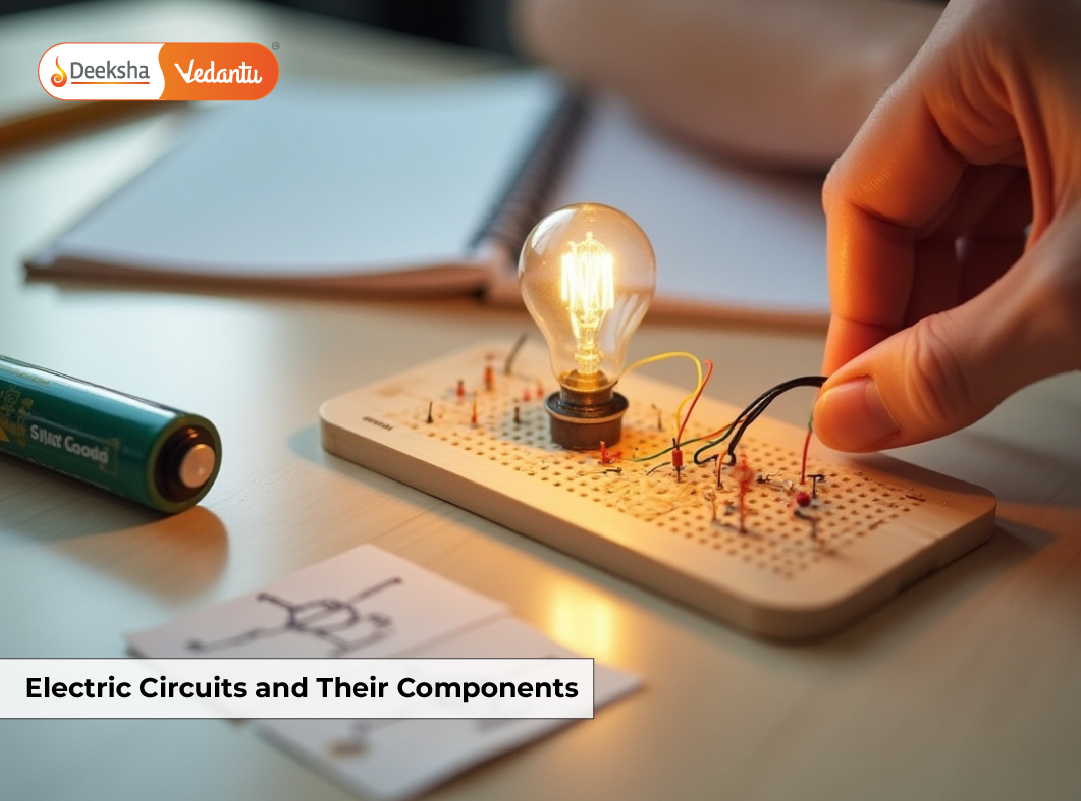
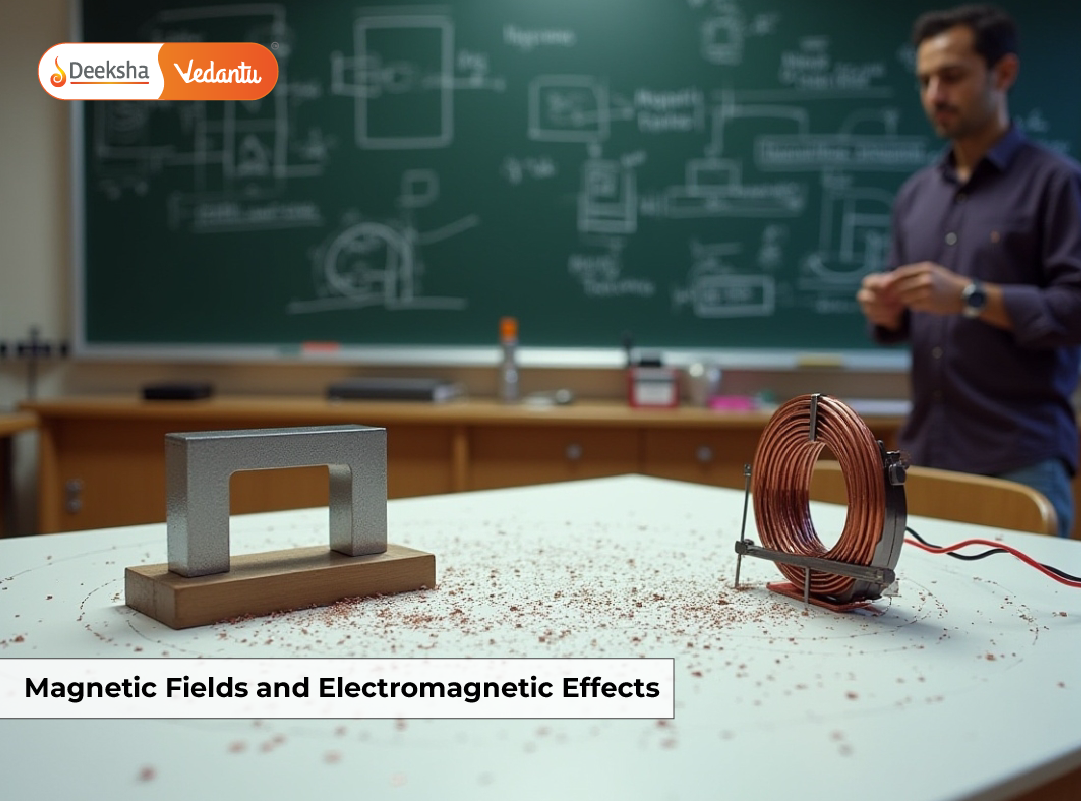
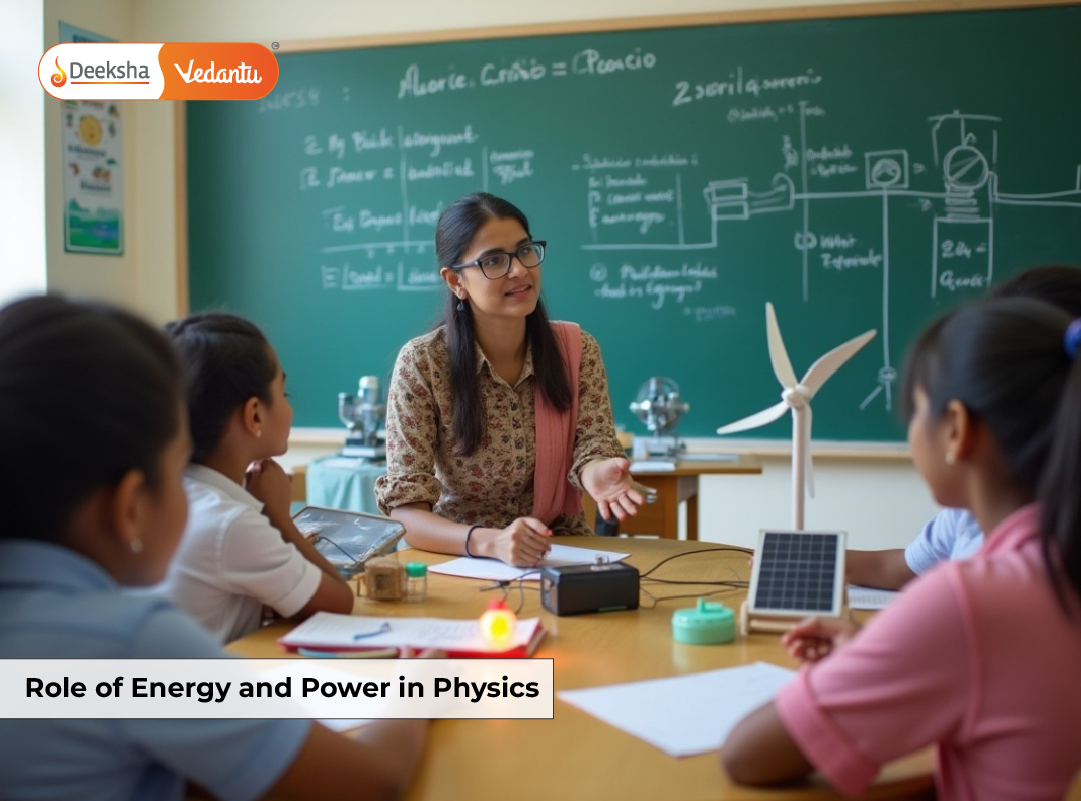


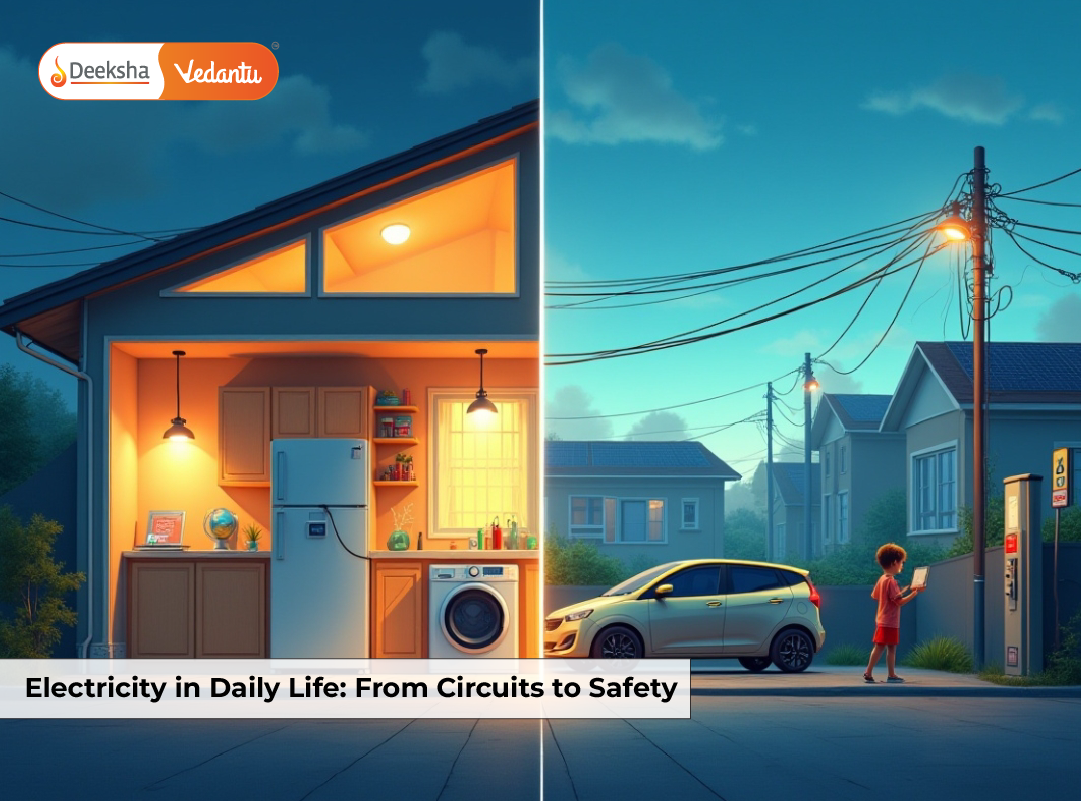
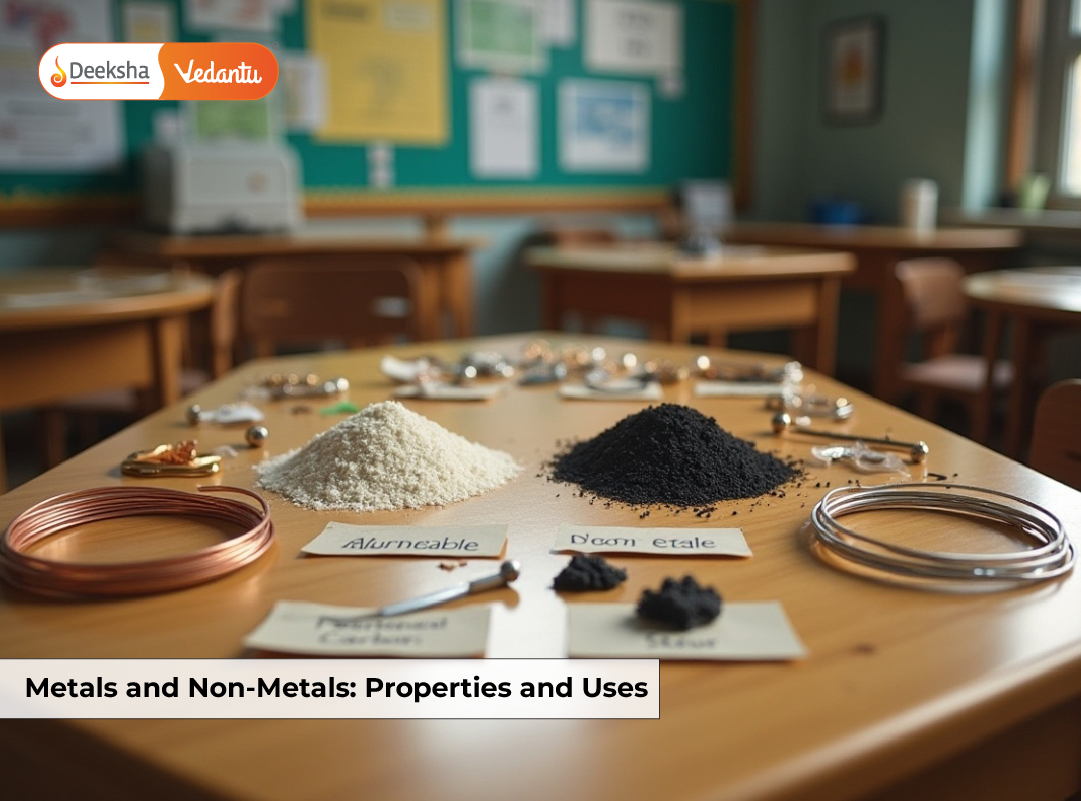



Get Social